Scorpions sting with their tails, causing local pain, swelling, possible incapacitation, and death.
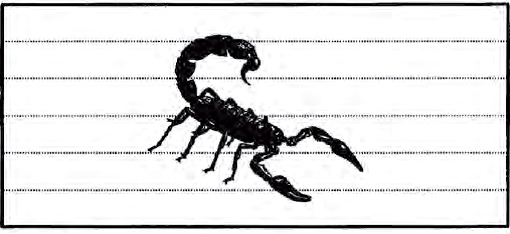
Scorpion
Scorpionidae order
Description: Dull brown, yellow, or black. Have 7.5- to 20-centimeter-long lobsterlike pincers and jointed tail usually held over the back. There are 800 species of scorpions.
Habitat: Decaying matter, under debris, logs, and rocks. Feeds at night. Sometimes hides in boots.
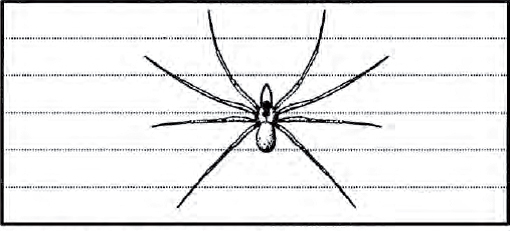
Brown house spider or brown recluse spider
Laxosceles reclusa
Description: Brown to black with obvious “fiddle“ on back of head and thorax. Chunky body with long, slim legs 2.5 to 4 centimeters long.
Habitat: Under debris, rocks, and logs. In caves and dark places.
Distribution: North America.
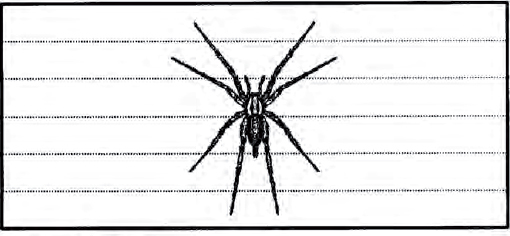
Funnelweb spider
Alrax species (A. robustus, A. formidablis)
Description: Large, brown, bulky spiders. Aggressive when disturbed.
Habitat: Woods, jungles, and brushy areas. Web has funnellike opening.
Distribution: Australia. (Other nonvenomous species worldwide.)
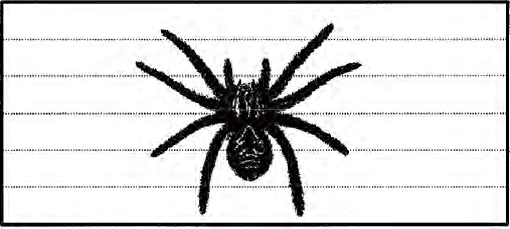
Tarantula
Theraphosidae and Lycosa species
Description: Very large, brown, black, reddish hairy spiders. Large fangs inflict painful bite.
Habitat: Desert areas, tropics.
Distribution: Americas, southern Europe.
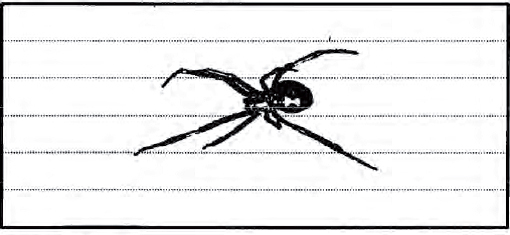
Widow spider
Latrodectus species
Description: Dark spiders with light red or orange markings on female’s abdomen.
Habitat: Under logs, rocks, and debris. In shaded places.
Distribution: Varied species worldwide. Black widow in United States, red widow in Middle East, and brown widow in Australia.
Note: Females are the poisonous gender. Red widow In the Middle East is the only spider known to be deadly to man.
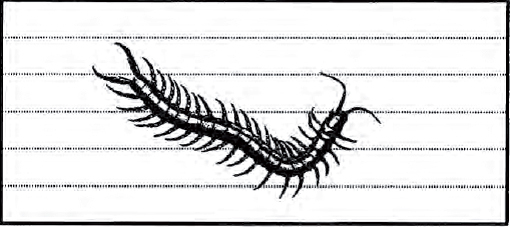
Centipede
Description: Muftijointed body to 30 centimeters long. Dull orange to brown, with black point eyes at base ot antennae. There are 2,800 species worldwide.
Habitat: Under bark and stones by day. Active at night
Distribution: Worldwide.
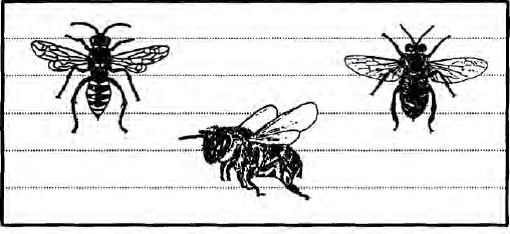
Bee
Description: Insect with brown or black, thick, hairy bodies Generally found In colonies. Many build wax combs.
Habitat: Hollow trees, caves, dwellings. Near water in desert areas.
Distribution: Worldwide.
Note: Bees have barbed stingers and die after stinging because their venom sac and Internal organs are pulled out during the attack.
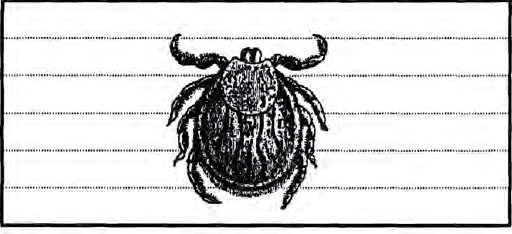
Tick
Description: Round body from size of pinhead to 2.5 cent meters. Has 8 legs and sucking mouth parts. There are 850 species worldwide.
Habitat: Mainly in forests and grasslands. Also in urban areas and farmlands.
Distribution: Worldwide.
CHAPTER 4
POISONOUS SNAKES AND LIZARDS
If you fear snakes, it is probably because you are unfamiliar with them or you have wrong information about them. There is no need for you to fear snakes if you know—
• Their habits.
• How to identify the dangerous kinds.
• Precautions to take to prevent snakebite.
• What actions to take in case of snakebite
For a man wearing shoes and trousers and living in a camp, the danger of being bitten by a poisonous snake is small compared to the hazards of malaria, cholera, dysentery, or other diseases.
Nearly all snakes avoid man if possible. Reportedly, however, a few—the king cobra of Southeast Asia, the bushmaster and tropical rattlesnake of South America, and the mamba of Africa—sometimes aggressively attack man, but even these snakes do so only occasionally. Most snakes get out of the way and are seldom seen.
WAYS TO AVOID SNAKEBITE
Snakes are widely distributed. They are found in all tropical, subtropical, and most temperate regions. Some species of snakes have specialized glands that contain a toxic venom and long hollow fangs to inject their venom.
Poisonous Snakes of the Americas
• American Copperhead (Agkistrodon contortrix)
• Bushmaster (Lachesis mutus)
• Coral snake (Micrurus fulvius)
• Cottonmouth (Agkistrodon piscivorus)
• Fer-de-lance (Bothrops atrox)
• Rattlesnake (Crotalus species)
Poisonous Snakes of Europe
• Common adder (Vipers berus)
• Pallas’ viper (Agkistrodon halys)
Poisonous Snakes of Africa and Asia
• Boomslang (Dispholidus typus)
• Cobra (Naja species)
• Gaboon viper (Bitis gabonica)
• Green tree pit viper (Trimeresurus gramineus)
• Habu pit viper (Trimeresurus flavoviridis)
• Krait (Bungarus caeruleus)
• Malayan pit viper (Callaselasma rhodostoma)
• Mamba (Dendraspis species)
• Puff adder (Bitis arietans)
• Rhinoceros viper (Bitis nasicornis)
• Russell’s viper (Vipera russellii)
• Sand viper (Cerastes vipera)
• Saw-scaled viper (Echis carinatus)
• Wagler’s pit viper (Trimeresurus wagleri)
Poisonous Snakes of Australasia
• Death adder (Acanthophis antarcticus)
• Taipan (Oxyuranus scutellatus)
• Tiger snake (Notechis scutatus)
• Yellow-bellied sea snake (Pelamis platurus)
The polar regions are free of snakes due to their inhospitable environments. Other areas considered to be free of poisonous snakes are New Zealand, Cuba, Haiti, Jamaica, Puerto Rico, Ireland, Polynesia, and Hawaii.
There are no infallible rules for expedient identification of poisonous snakes in the field, because the guidelines all require close observation or manipulation of the snake’s body. The best strategy is to leave all snakes alone. Where snakes are plentiful and poisonous species are present, the risk of their bites negates their food value.
Although venomous snakes use their venom to secure food, they also use it for self-defense. Human accidents occur when you don’t see or hear the snake, when you step on them, or when you walk too close to them.
Follow these simple rules to reduce the chance of accidental snakebite:
• Don’t sleep next to brush, tall grass, large boulders, or trees. They provide hiding places for snakes. Place your sleeping bag in a clearing. Use mosquito netting tucked well under the bag. This netting should provide a good barrier.
• Don’t put your hands into dark places, such as rock crevices, heavy brush, or hollow logs, without first investigating.
• Don’t step over a fallen tree. Step on the log and look to see if there is a snake resting on the other side.
• Don’t walk through heavy brush or tall grass without looking down. Look where you are walking.